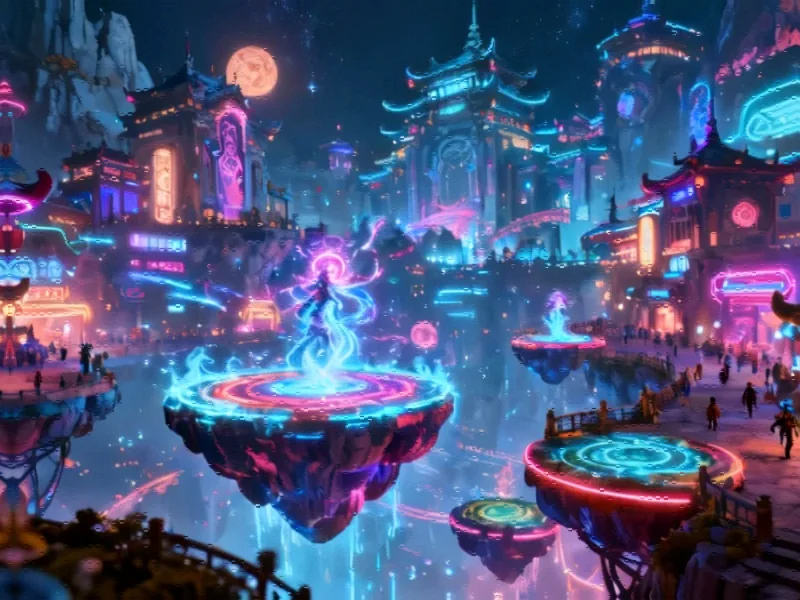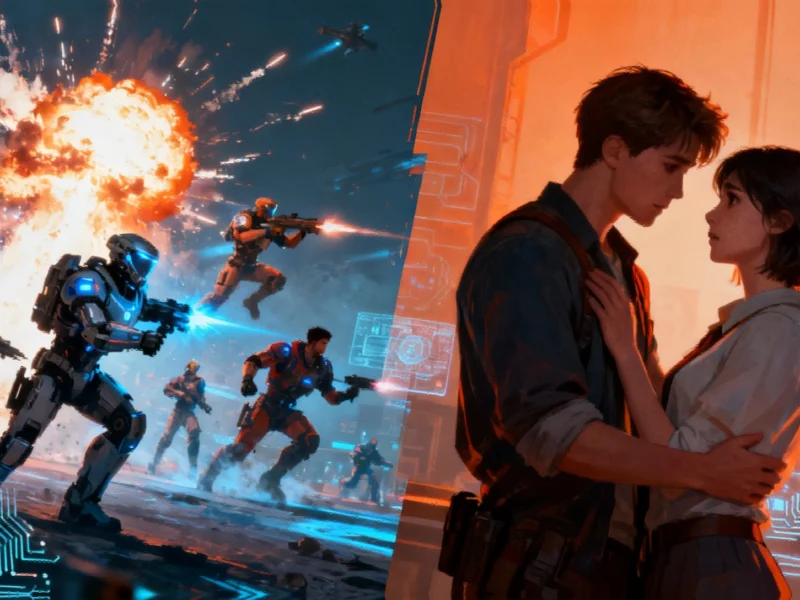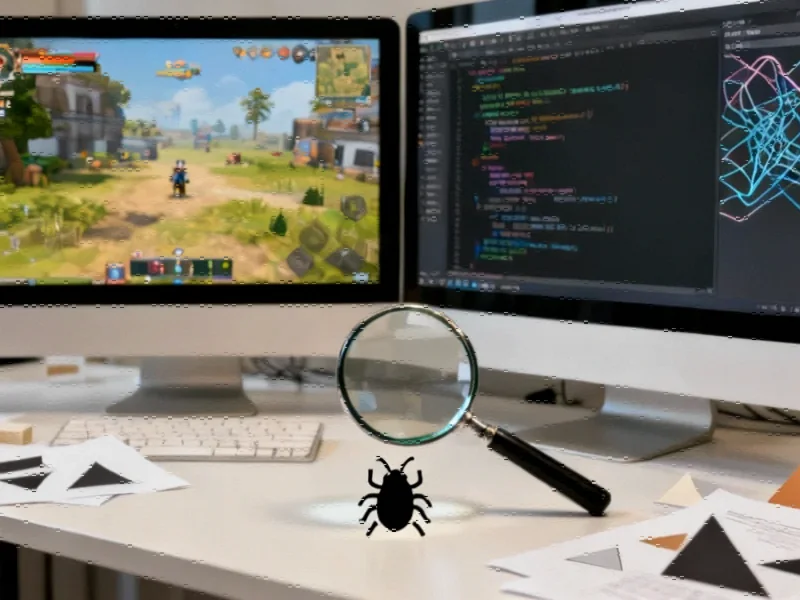The Ray Tracing Reckoning: When Less Becomes More
Five years after ray tracing was heralded as the definitive next step in gaming graphics, a surprising trend has emerged among major developers: deliberately opting out. What began as a technological arms race has evolved into a thoughtful consideration of what truly matters for player experience. Rather than chasing cutting-edge features that benefit only the highest-end systems, studios are rediscovering the value of optimization, stability, and accessibility.
This shift represents more than just technical pragmatism—it’s a fundamental rethinking of development priorities. As major game studios shift their focus from technological showcase to player satisfaction, they’re delivering experiences that run smoothly across a wider range of hardware while maintaining impressive visual quality through alternative means.
The Performance-First Philosophy
When developers forego ray tracing, they’re not simply removing a feature—they’re making a conscious decision to reallocate resources toward what genuinely enhances gameplay. The computational burden of real-time ray tracing is substantial, often consuming GPU resources that could be better spent maintaining stable frame rates, reducing loading times, and ensuring compatibility with older hardware.
This performance-first approach has yielded remarkable results across multiple recent releases. Games like Kingdom Come: Deliverance II and Stellar Blade demonstrate that carefully crafted rasterization techniques and baked lighting can produce stunning visuals without the performance penalties associated with ray tracing. The outcome is games that remain accessible to players with mid-range systems while still delivering next-generation visual experiences.
Case Studies in Optimization Excellence
Kingdom Come: Deliverance II represents a masterclass in technical restraint. Warhorse Studios leveraged CryEngine’s capabilities to create a massive, historically grounded open world that runs smoothly even on older hardware like the GTX 1660 Ti. By focusing on raster-based techniques and their own lighting system, they achieved consistent 60+ fps performance at 1080p medium settings with FSR enabled.
Similarly, Stellar Blade’s PC port became a surprise hit by prioritizing optimization over technological炫耀. SHIFT UP’s deliberate visual direction and efficient use of raster graphics resulted in a game that ran remarkably well even on GTX 1060 cards while selling over a million copies in its first three days. This success demonstrates that players value smooth performance and accessibility alongside visual quality.
The trend extends to major franchises as well. Dying Light: The Beast marked a return to form for Techland by focusing on visual consistency and fluidity rather than ray-traced lighting. The result is a game that maintains 50-55 fps on medium settings with a GTX 1660 Ti while delivering a genuinely next-generation visual experience through careful lighting direction and environmental storytelling.
The Technical Foundation: Rasterization’s Renaissance
Modern rasterization techniques have evolved significantly, offering visual quality that often rivals ray tracing without the performance overhead. Developers are employing sophisticated baked lighting, advanced shadow mapping, and carefully tuned material systems to create convincing global illumination and reflections. These approaches benefit from years of refinement and optimization, resulting in techniques that scale efficiently across hardware generations.
This renewed focus on traditional rendering methods aligns with broader industry developments in computational efficiency. Just as researchers are finding more efficient ways to model complex systems, game developers are discovering that sometimes the most sophisticated solution isn’t necessarily the best one for delivering quality experiences to the widest audience.
Market Impact and Player Response
The commercial success of these optimization-focused titles speaks volumes about player priorities. Games that run well across diverse hardware configurations are achieving stronger sales and better review scores, suggesting that the market rewards accessibility alongside visual quality. This represents a significant shift from the early days of ray tracing, when technological achievement often seemed to outweigh practical considerations.
This evolution in development philosophy reflects wider market trends toward sustainability and accessibility. Just as other industries are reconsidering resource allocation and market reach, game developers are recognizing that technological features should serve the experience rather than define it.
The Future of AAA Development
This movement away from mandatory ray tracing implementation suggests a maturation of the games industry. Developers are increasingly recognizing that technological features must serve the game design rather than dictate it. The focus has shifted from “what can we technically achieve” to “what creates the best experience for the most players.”
This doesn’t spell the end for ray tracing altogether—the technology continues to have its place, particularly as hardware becomes more capable. However, it does represent a welcome correction to the industry’s priorities, with studios now treating ray tracing as one tool among many rather than an essential checkbox for AAA credibility.
The success of these optimization-focused titles demonstrates that related innovations in development philosophy can have as much impact as purely technological advances. By prioritizing performance and accessibility, developers are creating games that reach wider audiences while maintaining high visual standards—a win for players and studios alike.
Conclusion: A Welcome Return to Fundamentals
The trend of major studios skipping ray tracing represents a positive development for the gaming industry. By focusing on optimization, performance, and accessibility, developers are creating experiences that prioritize what matters most to players: smooth, stable gameplay that looks great across a wide range of systems. This back-to-basics approach, combined with continued refinement of traditional rendering techniques, is delivering some of the most polished and enjoyable gaming experiences in recent memory.
As the industry continues to evolve, this balanced approach to technological adoption—embracing innovation while maintaining focus on core performance—will likely define the next generation of AAA development. The result will be games that are not only visually impressive but also accessible, stable, and enjoyable for the broadest possible audience.
This article aggregates information from publicly available sources. All trademarks and copyrights belong to their respective owners.
Note: Featured image is for illustrative purposes only and does not represent any specific product, service, or entity mentioned in this article.



